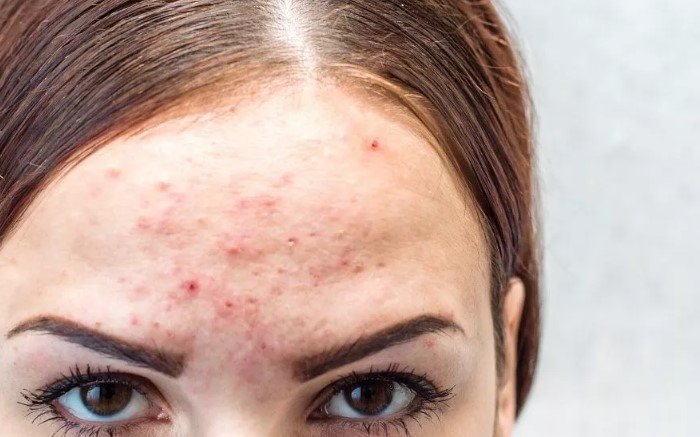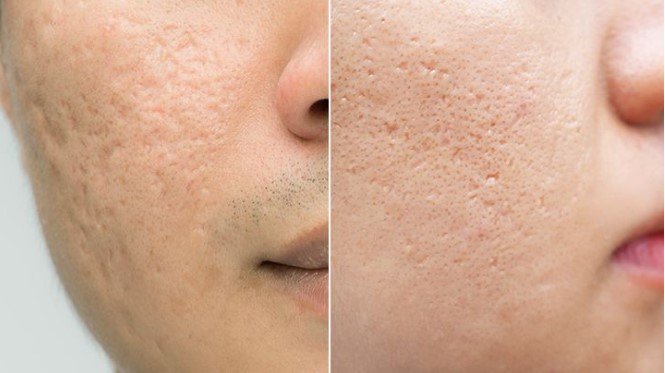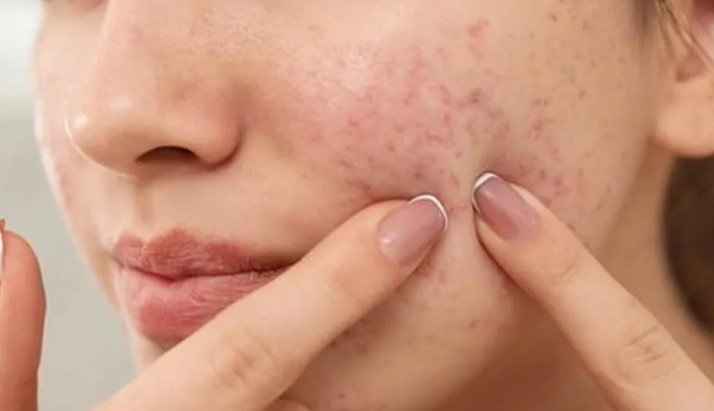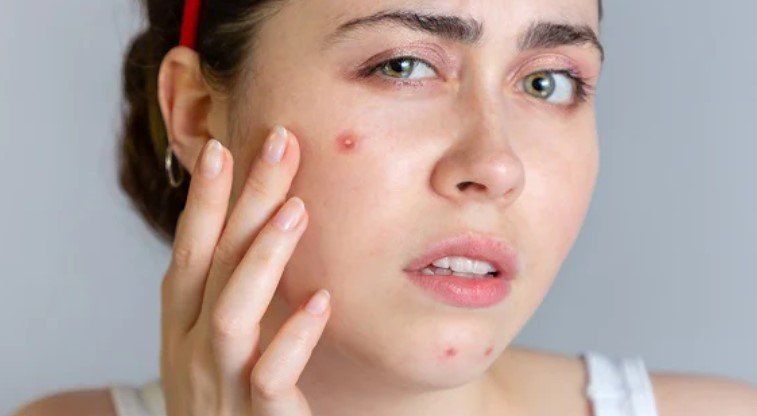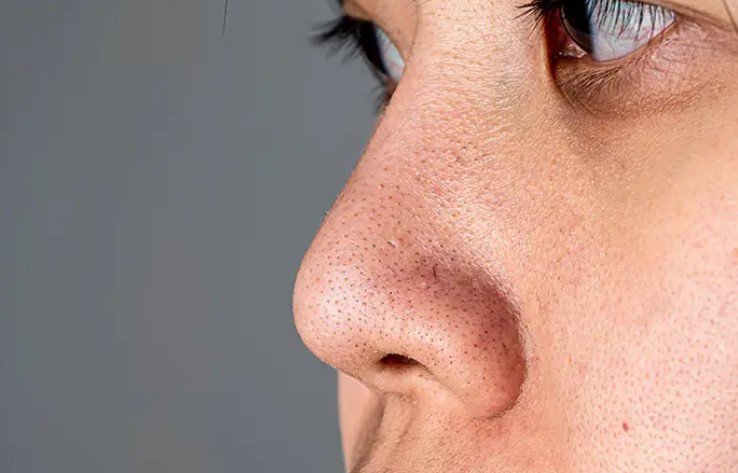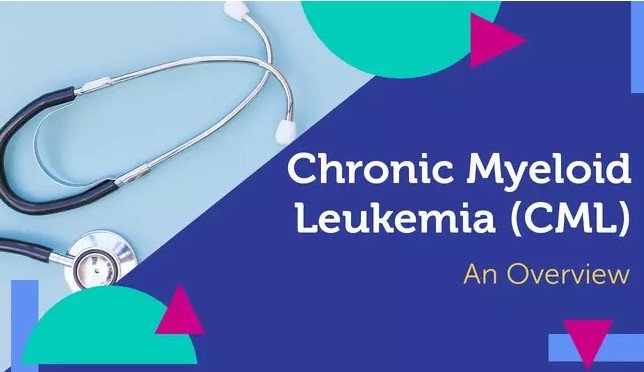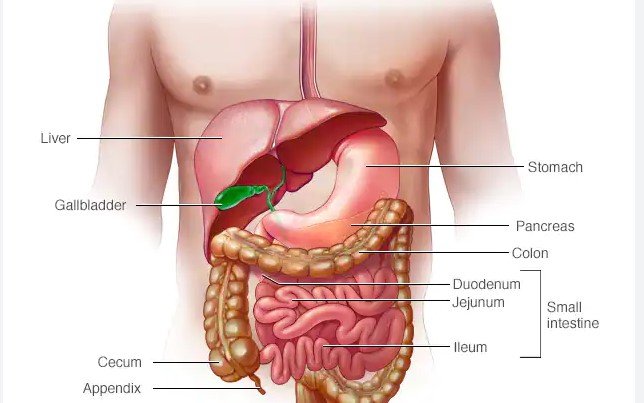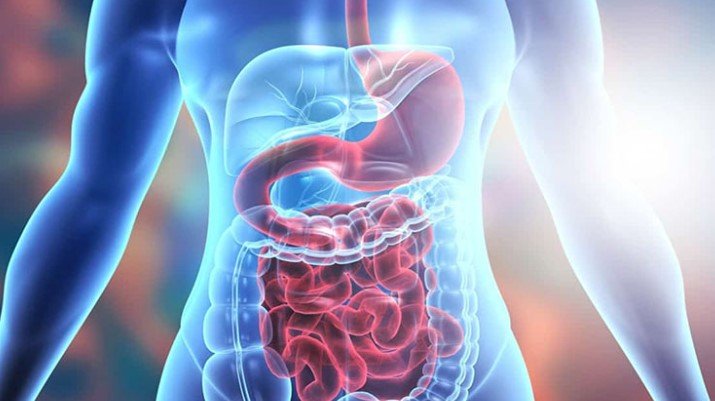
A Glimpse Of Bipolar Personality Disorder: Symptoms, Types, Questionnaire
Myths have diverted people for ages, and diseases like bipolar personality disorder have social challenges. Nobody understands It is just a disease that anyone can develop due to depression, anxiety, crisis, or when someone has a family breakdown.
Bipolar personality disorder is a mental disease, which can come uninvited to anyone. It is a mental state where a person could go into isolation, depression, or an imaginary world where the patient feels good. It can be cured easily by several counseling and clinical procedures under a doctor's advice.
Types Of Bipolar Personality Disorder
There are several types of bipolar disorder and its related disorders, which can be classified depending on their nature and the way it is diagnosed. However, types of bipolar personality disorders include symptoms like hypertension, depression, mania, and hyper maniac. Therefore, there is no root cause for this disease, and symptoms may also vary from one type to another.
There are no significant symptoms for this disease to occur, and unpredictable changes like mood swings and anxiety doesn't confirm, if somebody has it. There are several mental aspects to this disease.
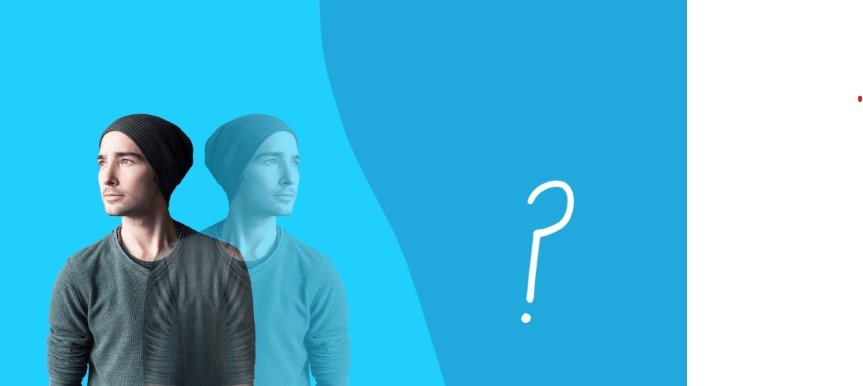
Bipolar Disorder- Type-1
Bipolar disorder type-1 occurs due to severe mental conditions in the body because of unusual activity and mood swing, which sometimes goes to peak as "maniac" and slows down to low as a "depression".
A person with bipolar disorder type-1 often feels less energetic, less or over thinking mind, has sleeping disorders, and an inappropriate behavioral tendency.
The medical surveys stated that people with bipolar disorder type-1 may behave aggressively or softly depending on their present mood, which is a serious mental illness.
Bipolar Disorder- Type-2
Severe bouts of depressive episodes are quite common in type-2 disorder; however, bipolar disorder type-2 is not as serious and critical as bipolar disorder type-1. The comprehensive approach to understanding a person with type-2 disorder is almost the same as the one with type-1 disorder.
Nevertheless, the patient with the type-2 disorder will not attain goosebumps to act manic and depressive when slows down. The patient may have sleeping, anxiety, depression, and a maniac behavioral symptoms, which heals to cool down if cured.

Cyclothymic Disorders
The emotional approach of reactivity and dysregulation is often characterized as cyclothymic disorders. Symptoms are not visible to the patient and s/he may act and respond differently. Generally, it is considered a mild form of type-1 bipolar disorder.
The patient may have high mania but at the same time, he lows into less depressive episodes. The best part of this bipolar disorder is that it can be cured with counseling and talk therapy. However, this may last for 2 weeks or for over a month.
Unspecified Bipolar Disorders
This type of bipolar disorder includes type-1 and type-2 bipolar disorder, which includes alcohol and drug addiction resulting in an unspecified version of the bipolar disorder. Mental disease and heart stroke could be other symptoms of this disease to occur.
However, this disease can occur at any age but for the diagnosis process, clinical treatment awaits until the patient turns into his 20s. Although symptoms may vary from one patient to another, however, the diagnosis process will be the same.
Symptoms Of Bipolar Disorders
The symptoms of bipolar disorder are not significant all the time. It can occur due to multiple factors, the patient's mental state, his age, his lifestyle, and his behavioral changes. Still, some signs are sturdy and can easily be identified.
Bipolar Disorder: Type-1
A patient must have encountered a high maniac and later he jumped into a hyper-maniac episode when he was high, which continued with depressive episodes when he was feeling low. There could be gaps between these happenings though.
Bipolar Disorder: Type-2
If the patient never attains to hyper maniac but one significant maniac episode is visible and followed by many depressive episodes is a clear sign of type-2 bipolar disorder.
Cyclothymic Disorders
This bipolar disorder is estimated on behalf of the two years, one in which it is first encountered by the patient and the other when he grows up as an adult. Both episodes are interrelated and help diagnose the disease. The patient could have major depression because he most of the time feels low. He has more depressive episodes and no maniac episodes.
Unspecified Bipolar Disorders
This bipolar disorder is a mixture of primary bipolar disorder and correlated disorder. Patients with medical conditions and having disorders like consuming drugs and alcohol and having multiple sclerosis disease or heart stroke. However, the symptoms are not always significant and may vary from one patient to another.
So far, in this article, we have learned what bipolar disorder is, its type, and its symptoms. Now, in the next phase of this article, we've developed an expert questionnaire to understand your mood disorder.
It will help you understand whether you're developing any of the symptoms.
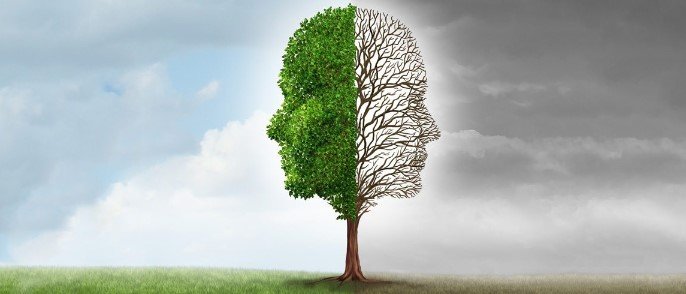
Experts Note
bipolar disorder always comes uninvited, and this is a mental disease that can occur to anyone who's going through ups and downs in life. There are hazardous situations in life that cannot be eliminated or swept away as you may desire. The longer it takes to rise, the same amount of time needs to be invested to heal it completely.
Thanks to our expert team, they've developed a disorder questionnaire with the help of a medical professional team to help you know your mental level. There you go with a tailored-made questionnaire!
Mood Disorder Questionnaire Online
The questionnaire consists of several questions to examine your mental level and mood disorder, if any. Simply take a pen and a piece of paper to solve these questions. You just have to answer Yes or No.
- You know your personality, have you ever experienced that it's not you as usual yourself?
- All of sudden, one day you find yourself hyper, everyone complaining about you, did this moment bring you any trouble?
- One day, you were hyper, and instead of keeping it to yourself, you shouted out loud to people.
- Do you feel more confident than usual?
- You've become a talkative person and you're unaware of that?
- Are ideas running through your head faster than usual?
- You cannot concentrate in one place and everything around you distracts you every now and then.
- You're feeling more energetic than ever before.
- You've turned social now, even if you don't mind calling your friends in the middle of the night.
- You're acting weird and everybody believes you're foolish, sometimes it is risky too.
- You spend some money on yourself that brings your family into trouble?
- Do any of your family members or ancestors have mania-depression or bipolar disorder confirmed by a doctor?
- Have you ever visited a doctor who asked you to go for a bipolar disorder screening test?
If not then, you can do it now. Give answers to these questions in yes or no. Write down on a piece of paper and check your answers.
Screening Results
- If you score less than 8-10 Yeses, then you're all good.
- If you score less than 10-12 Yeses, then you're depressed and developing the symptoms rapidly.
- If you score 13 Yeses, rush to a doctor. You've developed bipolar disorder, which can be diagnosed effectively.


